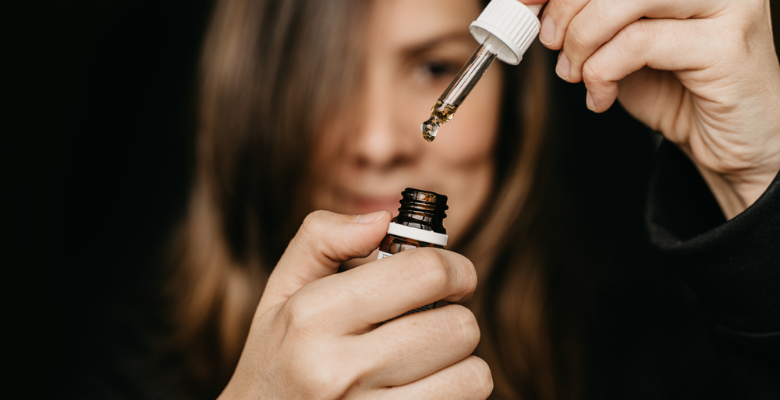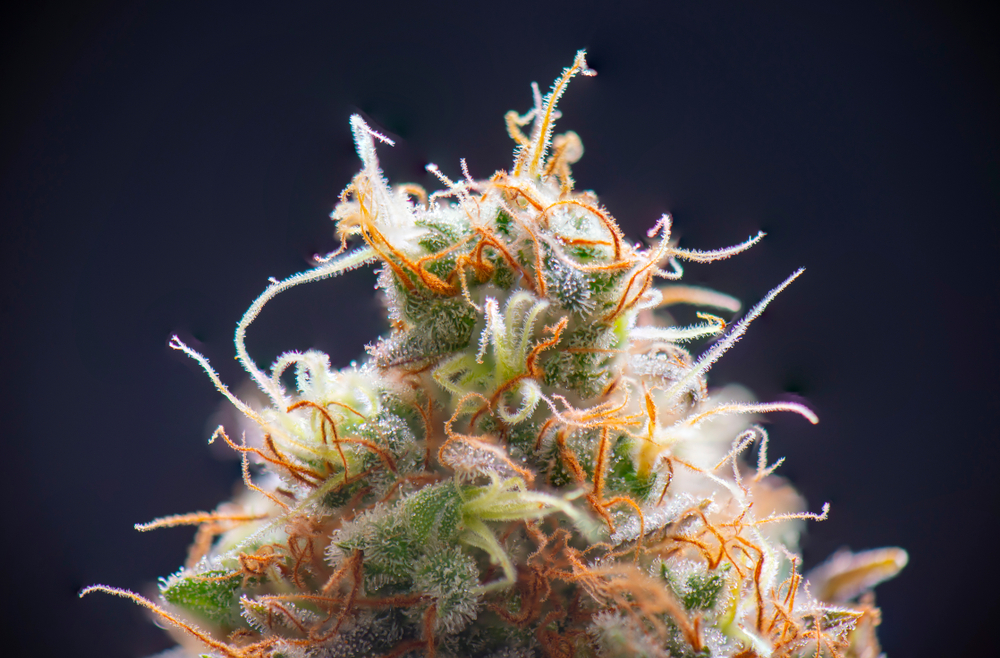Acupuncture is one of the most popular resources in Traditional Chinese Medicine. But, despite its millenary origins, it was only in the second half of the 20th century that this practice began to be consolidated in the west world, through the concepts of Integrative Medicine,.
The Phytotherapy is among the main therapeutic tools in this context, in which medical Cannabis has been gaining more and more space due to scientific discoveries, which attest to the diverse therapeutic properties of phytocannabinoids.
Here, we are going to discuss how these resources can be used as complementary treatments to enhance results in the most varied clinical conditions, from chronic pain to several neurological disorders.
Read on and see what is already scientifically available.
What do the latest studies show about Acupuncture and Traditional Chinese Medicine?
The practice of Acupuncture involves the insertion of needles at specific points in our body, n order to stimulate positive responses through nervous system signaling mechanisms.In this sense, we can say that the relationship between Acupuncture and the Endocannabinoid System quite close, considering that the ECS exerts modulatory effects on several functions in the neurological system, namely, synaptic plasticity, learning and memory processes, movement coordination, sleep-wake cycle and modulation of different neurotransmitters.
No wonder, several clinical conditions that present positive responses in the practice of Acupuncture have also shown promising results in the treatment with medical Cannabis. Some examples include chronic pain conditions – such as fibromyalgia, arthritis and migraine – and vomiting resulting from radio and chemotherapy protocols.
Likewise, there is already scientific evidence linking the practice of Traditional Chinese Medicine to improvement in neurological conditions, such as Parkinson’s DiseaseNow, we are going to talk more about these findings.
Complementary therapies in Parkinson’s disease
Stiffness, resting tremor and postural instability are some classic symptoms of Parkinson’s Diseasea progressive neurodegenerative condition that also has non-motor symptoms such as pain, fatigue, and constipation. Sleep disorders, anxiety and depression are other common symptoms in Parkinson’s patients, significantly impacting their quality of life.
The usual treatment is based on dopamine replacement therapy. But, unfortunately, the therapeutic results tend to decrease as the disease progresses. In addition, not infrequently, patients have to cope with side effects such as nausea, dyskinesias and psychotic symptoms. Traditional Chinese Medicine therapies are an alternative in this context, working as a complementarytherapy, without triggering important adverse effects..
Resources such as Acupuncture, Tai Chi, Qi Gong and Yoga are some highlights, as shown in this bibliographic review that correlated these practices with improvement in the symptoms of Parkinson’s Disease. Medical Cannabis was also evaluated in the review, bringing positive responses that help to spread the concepts of Integrative Medicine in the west world.
>> You can read the full review here: Complementary Therapies in Parkinson Disease: a Review of Acupuncture, Tai Chi, Qi Gong, Yoga, and Cannabis.
Complementary therapies in modulation of the Endocannabinoid System
Regarding the ECS, the scientific findings involving the practice of Traditional Chinese Medicine are also promising. This bibliographical review evaluated a series of studies that point to interventions capable of positively modulating the Endocannabinoid System.
In this review, 184 in vitro studies,, 102 in vivo animal studies and 36 human studieswere considered. Evidence has shown that there are several classes of drugs capable of improving the ECS functioning tone, regulating the expression of endocannabinoid receptors, increasing the synthesis or inhibiting the degradation of endocannabinoid ligands.
Other studies indicated that complementary therapies based on Chinese Medicine were also able to positively modulate the ECS, with emphasis on the practice of massage, acupuncture, use of certain food supplements and herbal medicines (including medical cannabis again).
>> You can read the full review here: Care and feeding of the endocannabinoid system: a systematic review of potential clinical interventions that upregulate the endocannabinoid system.
Complementary therapies and chronic pain management
Assim como o uso de derivados canabinoides no tratamento de quadros de dor crônica, já existem evidências científicas sobre a prática da Medicina Tradicional Chinesa para controle de sintomas em quadros diversos de dor, incluindo neuropathic pain, fibromyalgia and arthritis.
An example is this bibliographic review that brings promising results regarding complementary treatments in fibromyalgia, with emphasis on acupuncture, yoga, tai chi and meditation.
>> You can read the full review here: The Role of Complementary and Alternative Medicine Treatments in Fibromyalgia: a Comprehensive Review.
Another example is this review that addresses the use of Chinese Medicine in patients with psoriatic arthritisIt is worth remembering that this practice is also quite common in the treatment of other rheumatic diseases, such as rheumatoid arthritis, and systemic lupus erythematosus.
Specifically, regarding psoriatic arthritis, the studies evaluated in this review point to dietary approaches as one of the main ways to mitigate the disease symptoms – such as fatty acid supplements..
In addition, research also suggests the therapeutic potential of phytocannabinoids and other herbal medicines in the treatment of this condition. However, the researchers consider that further studies are needed with more robust evidence to attest to the degree of effectiveness of said substances.
>> You can read the full review here: Complementary and Alternative Medicine Use in Psoriatic Arthritis Patients: a Review.
That is, although Traditional Chinese Medicine and medical Cannabis have been consolidated as promising alternatives in the treatment of various diseases, it is necessary to consider that, in principle, these therapies are used in a complementary way to standard therapy.
Another determining factor is the need for specialized technical knowledge in the field of prescribing cannabinoid derivatives safelypotentiating therapeutic effects and modulating possible adverse effects in treatments.
The WeCann Academy is committed to your learning journey through International Certification in Endocannabinoid Medicine. We provide this disruptive knowledge to clinicians who want to incorporate cannabinoid derivatives into their prescriptive practice and improve their patient outcomes.
We connect experts from around the world, with extensive prescriptive experience, in a global community of studies and research in Endocannabinoid Medicine, to bring together scientific knowledge and practical experience in the field.
Do you want to join our community? Contact us and get ready for this new frontier of Medicine!
References
Deuel LM, Seeberger LC. Complementary Therapies in Parkinson Disease: a Review of Acupuncture, Tai Chi, Qi Gong, Yoga, and Cannabis. Neurotherapeutics. 2020.
McPartland JM, Guy GW, Di Marzo V. Care and feeding of the endocannabinoid system: a systematic review of potential clinical interventions that upregulate the endocannabinoid system. PLoS One. 2014.
Prabhakar A, Kaiser JM, Novitch MB, Cornett EM, Urman RD, Kaye AD. The Role of Complementary and Alternative Medicine Treatments in Fibromyalgia: a Comprehensive Review. Curr Rheumatol Rep. 2019.
Roberts JA 4th, Mandl LA. Complementary and Alternative Medicine Use in Psoriatic Arthritis Patients: a Review. Curr Rheumatol Rep. 2020.




